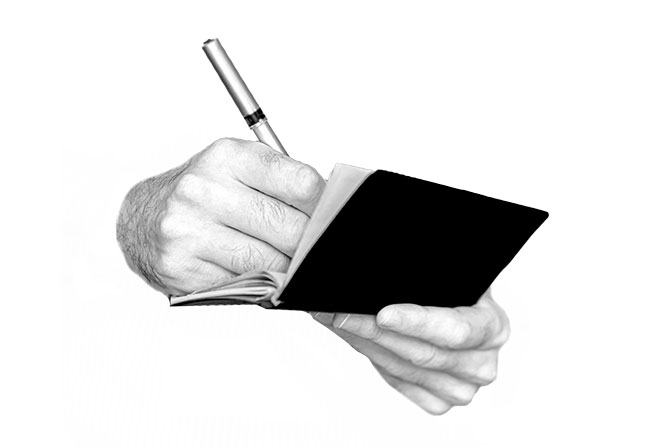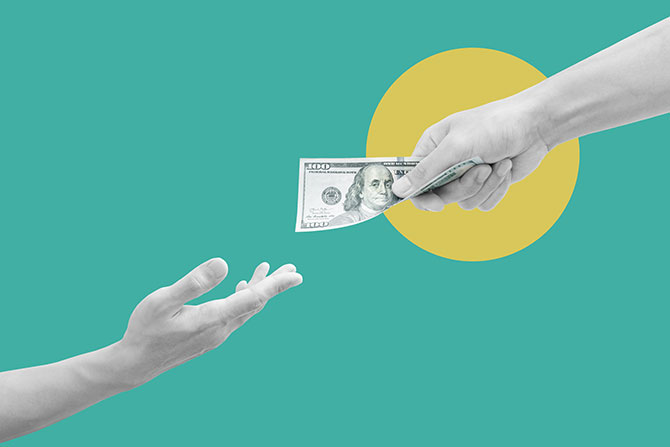Check use has declined for years as consumers gravitate toward faster, more digital transactions. Yet despite the slow and steady phasing out of checks, the financial sector has seen a recent uptick in check fraud.
FinCEN reported 680,000 instances of known check fraud in 2022, and those trends continued into 2023, with experts estimating a whopping $24 billion in losses. 40% of community bankers who responded to CSI’s 2024 Banking Priorities Executive Survey listed check fraud as one of the top types of fraud they encounter, only narrowly losing out to card and wire transfer fraud. Only half saw their prevention measures as very effective.
Why is check fraud on the rise, and what can banks do about it? This article explores the problem and how positive pay can help stem the tide.
Why is Check Fraud Increasing?
Fraudsters have sought to manipulate paper checks for about as long as checks have existed, but recent years have seen a surprising increase in fraud with a modern twist. For many, the resurgent trend became most evident during the distribution of COVID-19 relief checks, as fraudsters exploited the confusion and emotion of the moment. But it didn’t stop there, as check fraud has spread to areas like social security checks, unemployment benefits, paychecks and more.
Fraud in particular domains will inevitably increase when there aren’t enough safeguards to prevent it. In addition, instances of fraud tend to grow when the economy begins to dip or enter uncertain territory, like throughout a pandemic or times of intense inflation.
Although check use has decreased, the average dollar amount of the typical check has increased and is often used for more considerable expenses like paying employees or bills. So, it’s a ripe opportunity for fraudsters to make more in a shorter period.
How Can Banks Prevent Check Fraud?
As with all forms of fraud, the best defense against check fraud is staying alert and knowing the signs. For instance, consumers may be less inclined to mail a check if they are aware of the risks. They may be less likely to rely on checks altogether if they have the technology, training and convenience to pay another way.
However, education isn’t limited to customers. Bank personnel should be better trained to spot bad checks. If they know some red flags, they will be better equipped to prevent them. Similarly, some tellers may need to say no when a pushy fraudster (under the guise of a dissatisfied customer) urges them to overlook red flags.
Technology can also help in the constant effort to prevent fraud. For instance, an institution can update its remote deposit capture solution to enable real-time updates and alerts to its fraud team. Data visibility can help ensure bad checks are stopped, and good ones aren’t cashed multiple times. Implementing positive pay is another critical strategy.
What is Positive Pay?
Positive pay is an optional feature that banks can add to their existing core banking platform that tracks the checks issued and paid on selected commercial accounts, or the bank’s official checks account. It helps detect fraudulent checks by comparing ones to be cashed with ones already issued in the system and a predetermined set of parameters.
It’s also a form of insurance against fraud, losses and other liabilities to an institution. The system compares the account number, check number and dollar amount of each check presented against a list provided by the company to protect against forged, altered or counterfeit checks. Payee names may also be included on the list of issued checks. If the payee’s name from the check image does not match the payee’s name from the issued check file, exceptions can be generated.
When the information doesn’t match the check, the bank notifies the customer through an exception report, withholding payment until the company advises the bank to accept or reject the check. The bank can also flag the check, notify a representative at the company and seek permission to clear it.
Positive pay adds a layer of security by requiring verification of key details, minimizing the risks of unauthorized or altered checks being paid. For instance, altered checks will typically be entered outside the account-specified parameters with different names or amounts.
Exploring How Positive Pay Detects Check Fraud
Positive pay evaluates checks for various discrepancies that may indicate a fraudulent check. In general, the system looks for exceptions like:
- Paid Not Issued Item: The check number of the paid item does not match any issued item that was uploaded.
- Duplicate Check Number: Two or more paid items have the same identification number.
- Mismatched Account: The amount of the paid item does not match the amount of the issued item. This could indicate a counterfeit check wherein the amount was fraudulently altered.
- Voided Item: A paid item matches an issued item marked as void and should not have been paid.
- Payee Name Mismatch: The payee’s name from the check image does not match the name provided in the issued check file.
- Stale Checks: The check was not cashed within the days to post specified in the account options.
- The Amount Exceeds the Limit: The check exceeds the dollar amount defined in the account options.
- Low/High Check Number: The check number of the paid item is lower or higher than the check number range defined in the account options.
Sometimes, a flagged item may result from an error, like a misread check or incorrectly entered information. If a check gets flagged, the amount is correct and the check is legitimate, the institution or their customer can approve the exception.
What Accounts are Eligible for Positive Pay?
Positive pay can be offered to any demand deposit account, making it a versatile solution for financial institutions and their clients. While it can be implemented across a range of accounts, accounts with large balances and a high volume of transaction activity will benefit the most from the service. Institutions may find positive pay especially beneficial for corporate, commercial and multiple cash management customers, as these entities often engage in a significant volume of check-based transactions.
Keeping Up with Current Trends
The surge in check fraud will likely dwindle as check use continues to phase out of practice. In the meantime, a healthy mix of education and well-implemented technology makes a significant difference.
Bankers everywhere should continue to keep an eye on these fraud trends for years to come. Want to know what else is on bankers’ minds this year? Click the link below to read CSI’s interactive 2024 Banking Priorities Executive Report.









